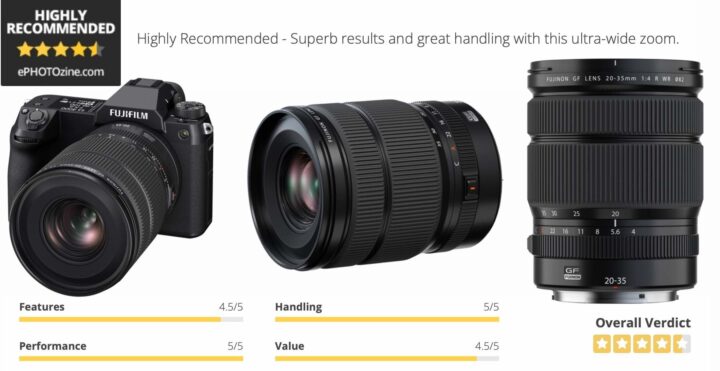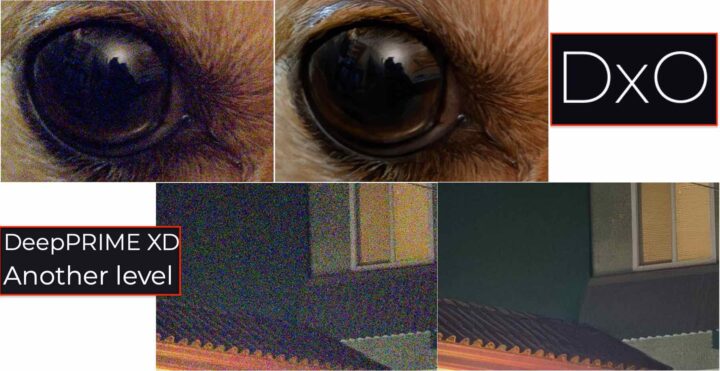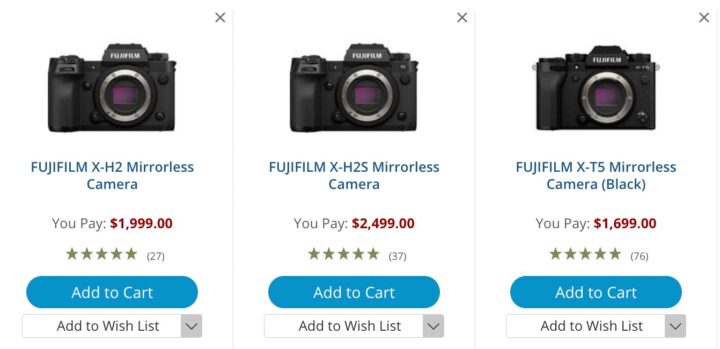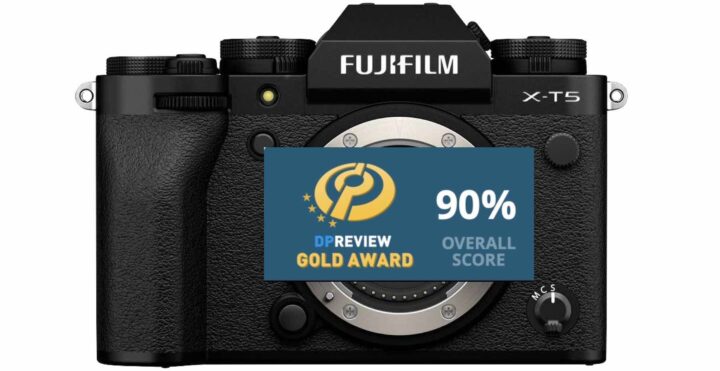A Massive Fujifilm GFX Review Roundup to Celebrate Massive GFX Deals

There are currently massive deals running on Fujifilm GFX gear. So I thought let’s share a dedicated GFX roundup, just in case you are interested in the system and want to see what others think about it.
Lots of reviews will also cover the Fujinon GF20-35mmF4 lens, which is not included in the rebates, but is a true gem and I am afraid will pretty much reduce sales for the Fujinon GF 23mm f/4 to a minimum, as it is more flexible and smaller, while still being optically fantastic.
Also, I warmly recommend you to join our Fujifilm GFX group, which is full of talented and passionate GFX shooters sharing their work and thoughts there.
Deals
- Fujifilm GFX100S – save $500: BHphoto / AmazonUS / Adorama / Moment
- GF 50mm F3.5 – save $250: BHphoto / AmazonUS / Adorama
- GF 80mmF1.7 – save $450: BHphoto / AmazonUS / Adorama / Moment
- GF 110mm F2 – save $550: BHphoto / AmazonUS / Adorama
- GF 32-64mmF4 – save $450: BHphoto / Adorama / AmazonUS
- GF 35-70mmF4.5-5.6 – save $500: BHphoto / AmazonUS / Adorama / Moment
- GF 45-100mmF4 – save $450: BHphoto / AmazonUS / Adorama
- GF 100-200mm f/5.6 – save $400: BHphoto / AmazonUS / Adorama
- GFX 50S II body – $800 off: BHphoto / AmazonUS / Adorama / Moment
- GFX 50S II w/ GF35-70 – $800 off: BHphoto / AmazonUS / Adorama / Moment



